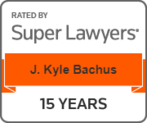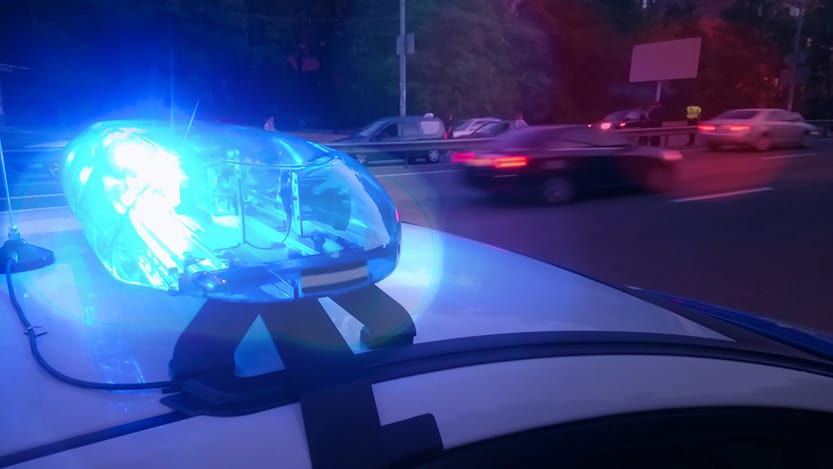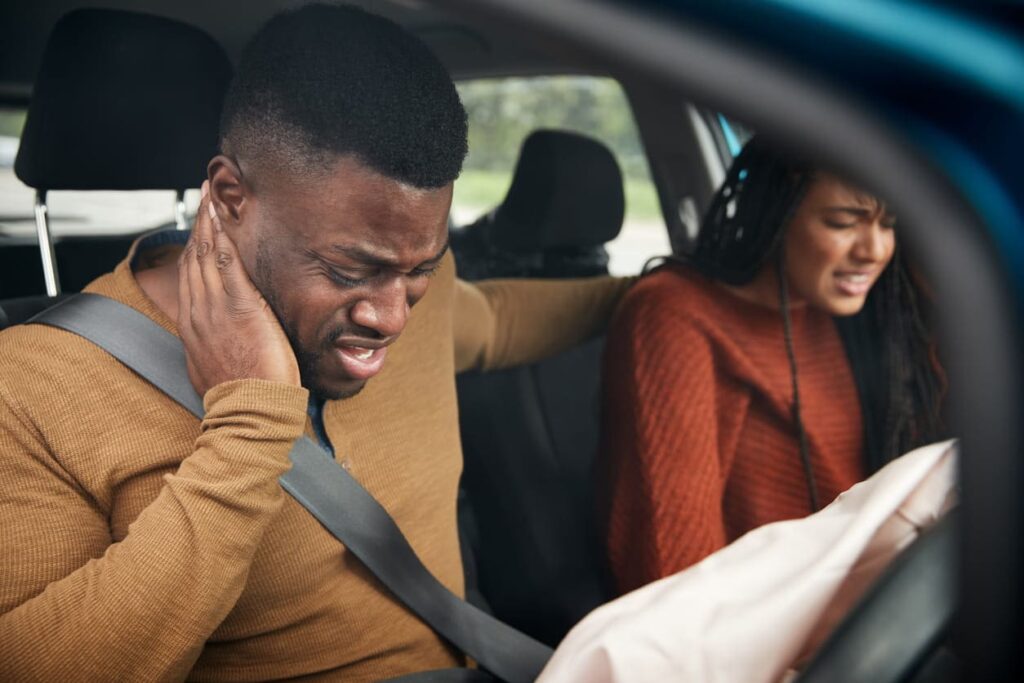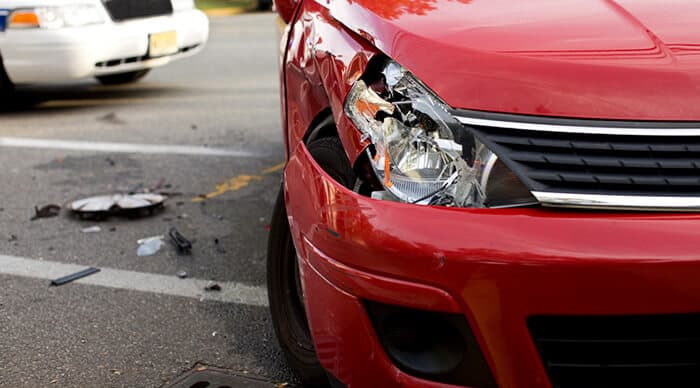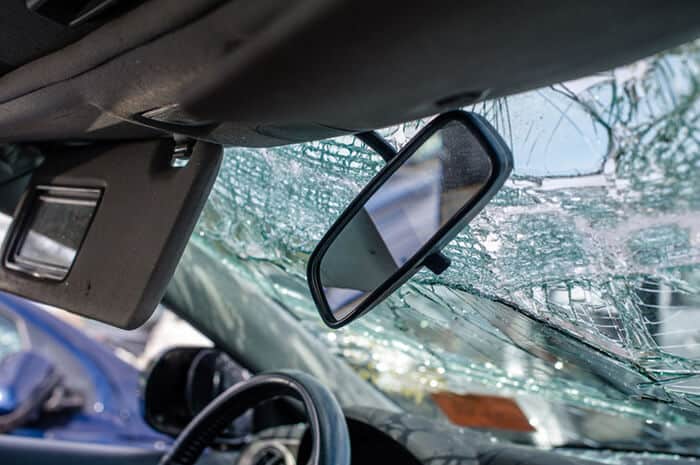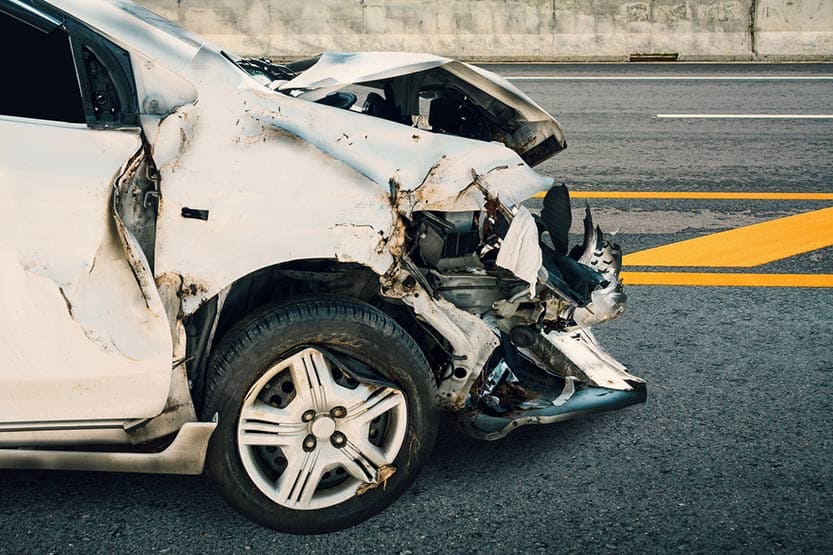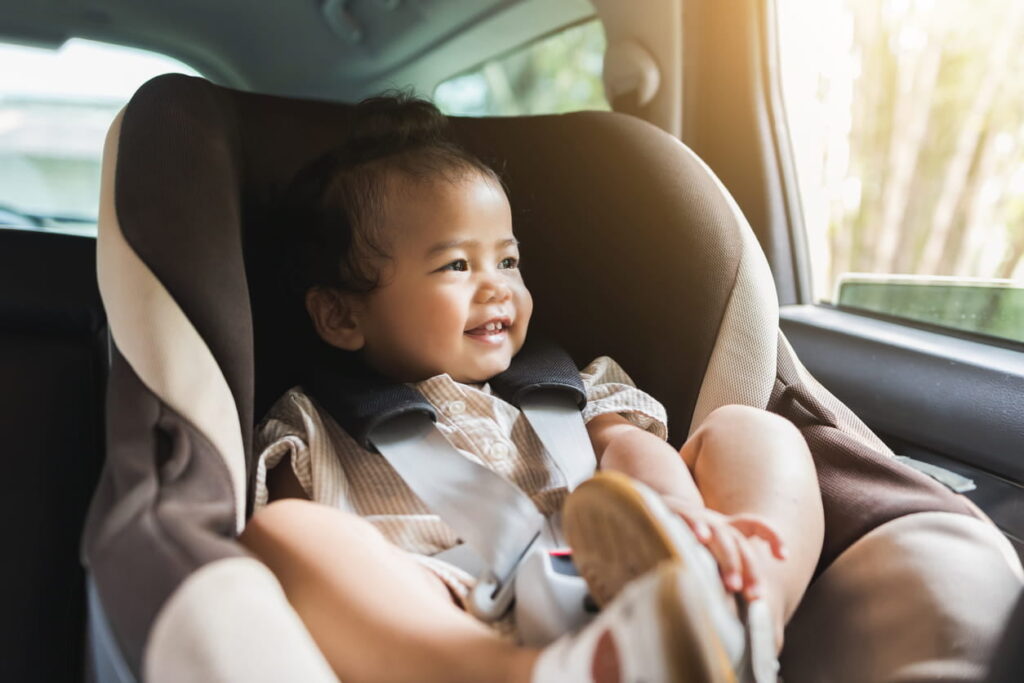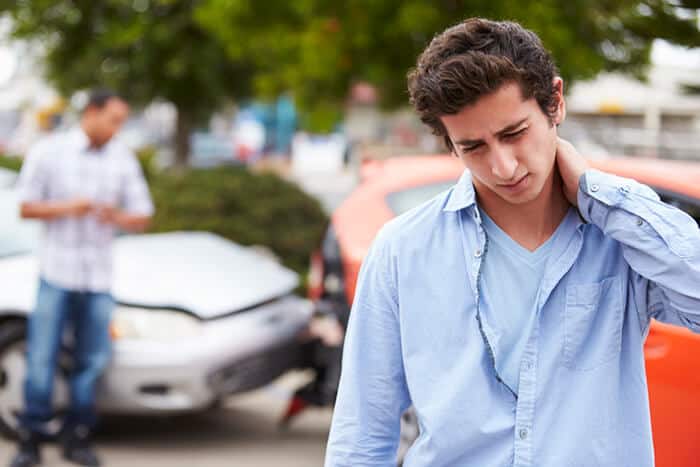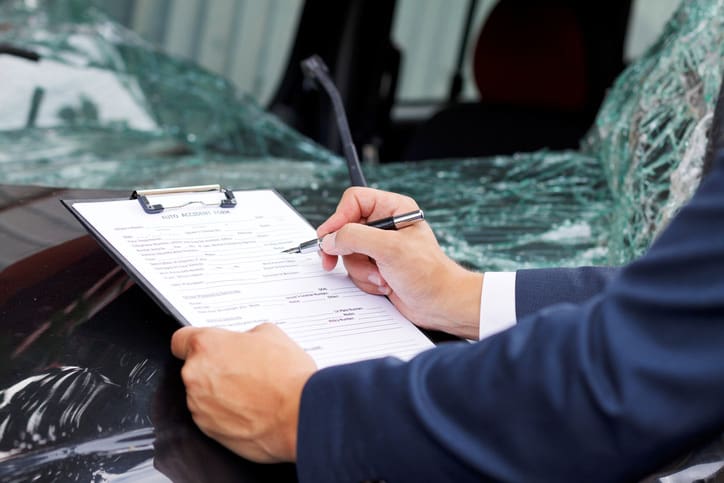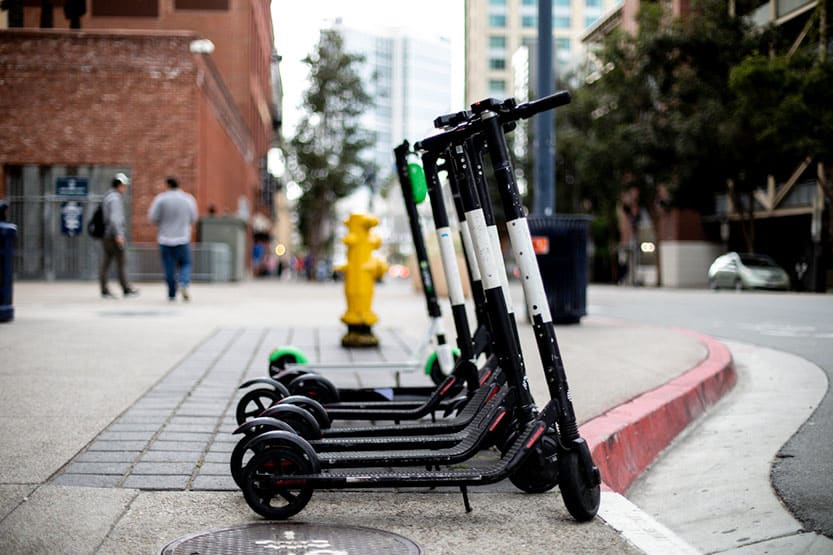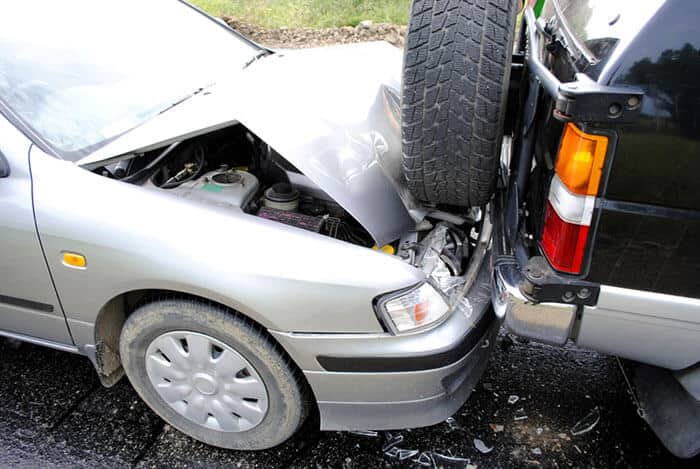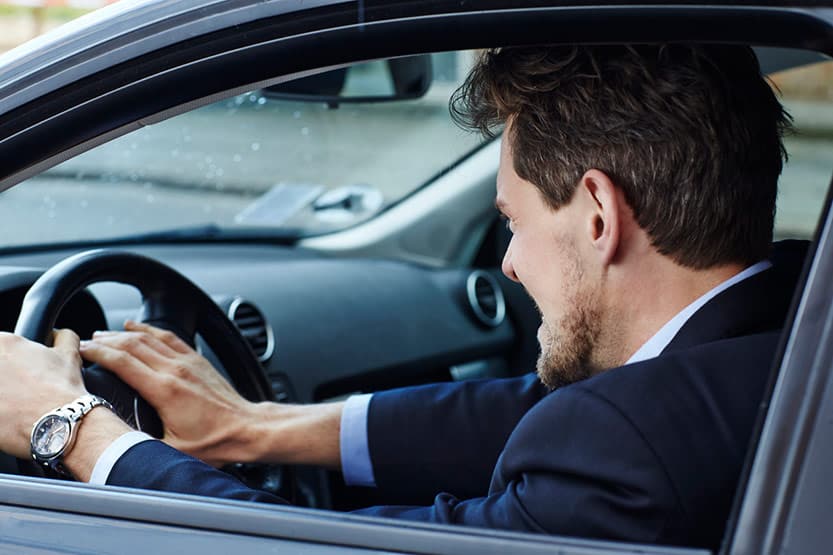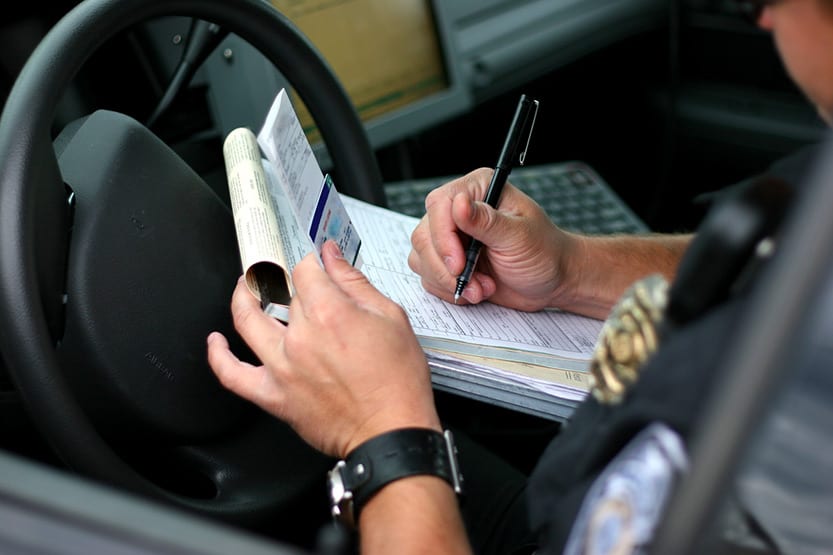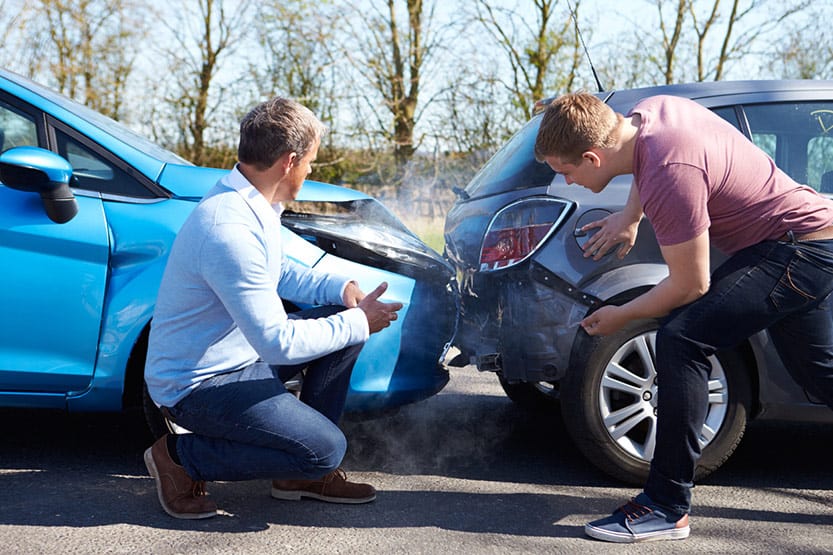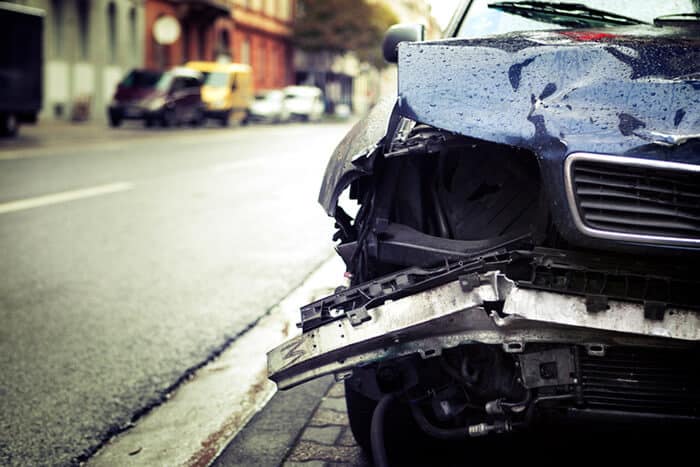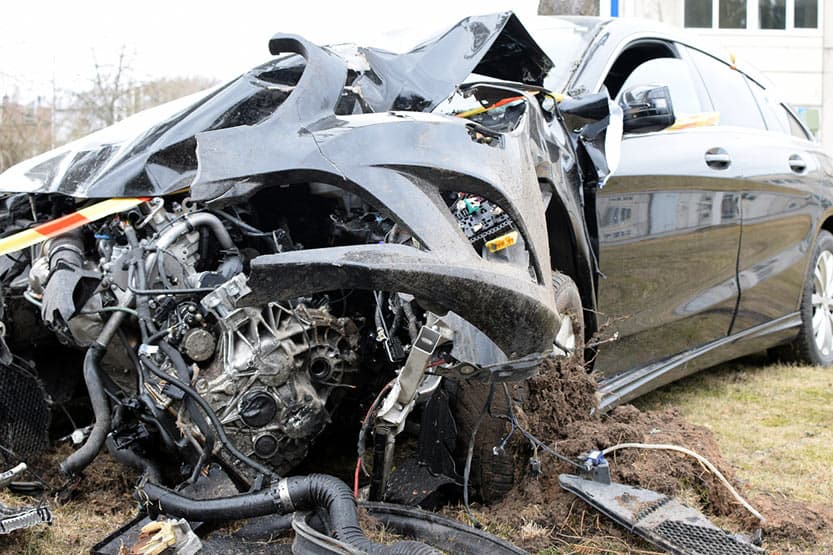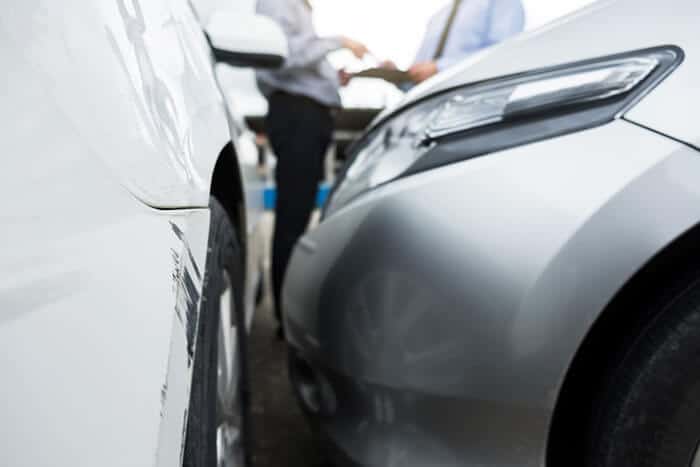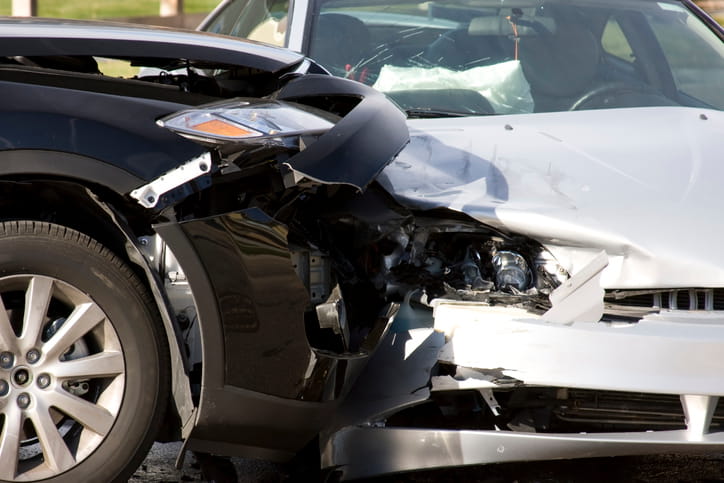WHAT TO DO IF YOUR CAR STARTS TO SKID
When your car starts to skid from wet, icy, or snowy conditions or oil slicks on the road, it is important to know how to quickly correct the vehicle to control the skid and avoid causing an accident. However, that is often easier said than done since skidding can cause you to become overwhelmed and frightened.
Hopefully, the following information can help you remain calm enough to regain control of your car should you start to skid and prevent causing a car accident.
Bachus & Schanker Wins – Over $1 Billion Recovered
- What is skidding?
- Causes of skids
- What is hydroplaning?
- Why is hydroplaning dangerous?
- What to do if you are hydroplaning
- What must you do if your car starts to skid?
- What is the first thing you should do when a motor vehicle starts to skid?
- What to do if your car skids in the rain
- What to do if sliding on the ice
- What to do if your front wheels skid
- What to do if your rear wheels skid
- What to do if you get stuck
- What to do if you crash
- What traffic tickets apply for skidding accidents?
- Who is at fault if you are in a car accident because of skidding?
- Where are skid accidents more common?
- Lawyers for skidding car accidents in Colorado
- Related Car Accident Resources
- You Deserve Fair Compensation
What is skidding?
Skidding is a condition that can occur when the wheels of a vehicle lose traction on the road. It is caused by applying too much brake or acceleration, resulting in the tires sliding instead of maintaining contact with the road surface. Skidding can cause a loss of control, sometimes at high speeds, leading to collisions.
Causes of skids
Skidding on the road may be caused by several factors. Driver error or failing to drive safely is usually a contributing factor, as well as:
- Weather conditions – Rain, snow, ice, and other weather conditions can increase the risk of skidding
- Speed – Driving too fast can result in underestimating road conditions and losing control of the vehicle
- Hard acceleration – Punching the gas pedal can cause the tires to spin and the car to skid out of control
- Excessive braking – Pushing too hard or slamming on the brakes can cause the wheels to lock up, stopping them from spinning and causing a car to skid
- Poor tire tread – Balding tires have insufficient traction and contact with the road. This makes them highly prone to skidding.
What is hydroplaning?
Hydroplaning is a dangerous condition that can occur when a vehicle’s tires are traveling on wet road surfaces at high speed. It happens when a thin film of water gets between the tire and the road surface.
This causes the treads to be lifted off the road, causing a loss of traction and control. With the tires no longer on the road, it increases braking distances, reduces steering responsiveness, and causes the car to skid out of control or even crash into other vehicles or objects.
Why is hydroplaning dangerous?
Hydroplaning is dangerous because it inhibits driver control. It is more difficult to steer and stop a hydroplaning vehicle because it is not in direct contact with the road. You can avoid hydroplaning by slowing down, driving at slower speeds, and increasing the distance between you and other vehicles on the road.
What to do if you are hydroplaning
If you are hydroplaning, it is vital to remain calm and take the following steps:
- Keep your foot off the brake and accelerator so the car can slow down
- Once speed reduces, gently tap the brakes. It’s important not to slam the brakes or suddenly turn the wheel.
- Slowly steer the car in the direction you want to travel, but do so with very light pressure. This should allow the vehicle to straighten out by following its current momentum and direction.
Once you recover, calm down before continuing your journey.
What must you do if your car starts to skid?
If you’re driving and your car starts to skid on the road, you should follow these steps to try and regain control of your vehicle and stay safe:
- Take your feet off the pedals. Don’t brake, and don’t accelerate.
- Turn the steering wheel in the direction you want to go
- As the vehicle turns back, steer in the other direction to stop turning and return to your path of travel
- Don’t jerk the steering wheel! You don’t want to overcorrect. That could cause the car to fishtail.
However, depending on road conditions and why your car started to skid, you may also want to remember condition-specific tips.
What is the first thing you should do when a motor vehicle starts to skid?
If your car starts to skid, take your foot off the accelerator and do not step on the brakes. Slowing the vehicle down will make it easier to regain control and, hopefully, prevent causing an accident.
What to do if your car skids in the rain
Don’t slam on the brakes if your car skids when the roads are wet. Take your foot off the gas. Turn your car in the direction you want to go. Once you regain control, return to the path of travel. Also, prevent hydroplaning by preparing your vehicle for wet road conditions, such as ensuring sufficient tire tread and driving carefully in the rain.
What to do if sliding on the ice
If your car starts sliding on icy roads or hits a patch of ice, take your foot off the accelerator. Sometimes this will be sufficient to stop it from sliding out of control. If not, turn your wheel in the direction that the vehicle is sliding.
For example, turn the steering wheel to the right if the vehicle’s rear is sliding right. Avoid overcorrecting your steering. As the car straightens out, return your steering wheel to the center.
What to do if your front wheels skid
Since many vehicles are front-wheel drive, it is possible for the front wheels to skid and spin out of control. When this occurs:
- Take your foot off the gas or brake pedal
- Slowly and gently turn the steering wheel in the direction you want to go.
- As the car slows, gently tap the brakes to bring it under control
What to do if your rear wheels skid
Use the same steps previously mentioned to try to bring your vehicle back under control.
- Take your foot off both pedals
- Slowly turn the steering wheel in the direction you want to go
- Tap the brakes as the car slows down
What to do if you get stuck
Stay calm and assess the situation before moving the vehicle if you get stuck. First, check to ensure you are out of harm’s way. If not, leave the car and move to a safe location.
Next, determine if getting the vehicle unstuck is possible without calling for roadside assistance. The tires and wheels should have sufficient clearance and not be obstructed. You must also see if you have the tools to get the vehicle unstuck, like a shovel, cat litter, or sand.
Additionally, getting unstuck depends on what you are stuck in. For example, if it is snow, you can attempt to clear snow from around the tires and gently rock the vehicle back and forth, while others can push on the vehicle to help get it unstuck.
You can also attempt to use cat litter or sand by placing it around the tires to help improve traction. Furthermore, taking the time to brush up on winter safety tips before driving can reduce the risks of getting stuck.
On the other hand, if it is mud or sand, getting the vehicle out often requires calling a tow truck to pull the car out.
What to do if you crash
If you crash, determine if you, any passengers, or the other driver, if you hit another car, need medical attention. Call 911 and request an ambulance. You should always seek medical care even if you feel fine, as some injuries do not immediately appear. Other things you should do include:
- Report the accident to the police
- Take pictures of the accident scene, including all damages
- Obtain contact details for all witnesses
- Exchange contact details and insurance information with the other driver
- Contact your insurance provider and report the accident
- If your injuries were due to another driver’s negligence, consult a car accident lawyer as soon as possible
What traffic tickets apply for skidding accidents?
Colorado traffic laws apply to several different tickets that the police may issue if you violate any of the following:
- Driving too fast for road conditions
- Exceeding the posted speed limit
- Careless driving
- Reckless driving
- Speed contests
- Driving under the influence
Who is at fault if you are in a car accident because of skidding?
If you are in a skidding car accident, the driver of the skidding vehicle is usually primarily at fault. They had a duty of care to keep their vehicle under control and failed to do so.
However, when a car starts to skid, suppose a vehicle behind the skidding car is following too closely and crashes. This vehicle’s driver could also be partially at fault for the accident.
Where are skid accidents more common?
Skid accidents are more common on slippery roads caused by:
- Ice
- Water
- Loose gravel
- Sand
- Oil patches
Lawyers for skidding car accidents in Colorado

If you have been involved in a skidding car accident and sustained injuries caused by another driver’s negligence, you may have a legal right to monetary compensation. At Bachus & Schanker, our experienced car accident lawyers in Colorado will answer your questions and help determine the compensation you could receive.
Sources:
CRS 42-4-1101. (2023).
CRS 42-4-1105. (2023).
CRS 42-4-1301. (2023).
CRS 42-4-1401. (2023).
CRS 42-4-1402. (2023).
Related Car Accident Resources
You Deserve Fair Compensation
Don’t let the insurance companies intimidate you into accepting less than you deserve. We’re ready to fight for you.

Written and Legally Reviewed By: Kyle Bachus
4.6 ★★★★★ 1,461 Google Reviews
Kyle is a member of the Colorado and Florida Bar associations and has served on the Board of Directors of the Colorado Trial Lawyers Association for more than twenty years in total. Over the years, Kyle has achieved justice for many clients. He has served on numerous committees and repeatedly won recognition from his peers at both the state and national level. He is proud of the role he has played in the passage of state and national legislation to protect consumers and is a frequent speaker and guest lecturer.
